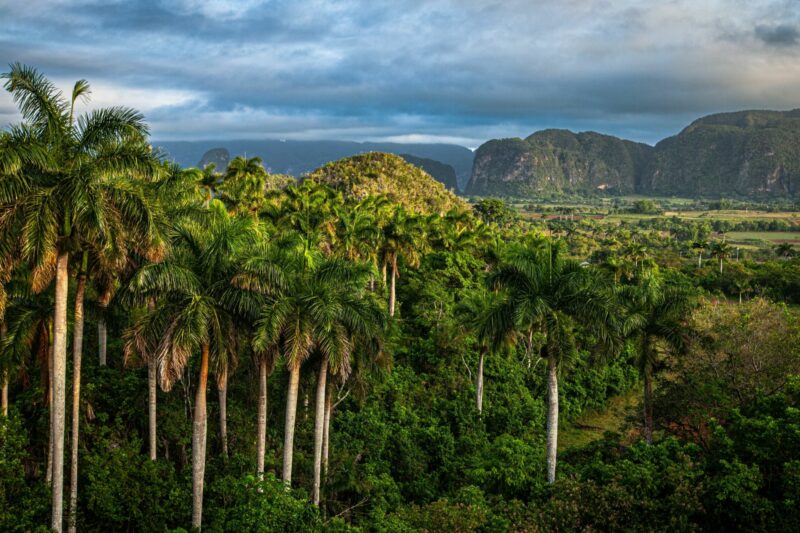Climate extremes, land–climate feedbacks and land-use forcing at 1.5°C
Authors
Sonia I. Seneviratne, Richard Wartenburger, Benoit P. Guillod, Annette L. Hirsch, Martha M. Vogel, Victor Brovkin, Detlef P. van Vuuren, Nathalie Schaller, Lena Boysen, Katherine V. Calvin, Jonathan Doelman, Peter Greve, Petr Havlik, Florian Humpenöder, Tamas Krisztin, Daniel Mitchell, Alexander Popp, Keywan Riahi, Joeri Rogelj, Carl-Friedrich Schleussner, Jana Sillmann, Elke Stehfest

This article investigates projected changes in temperature and water cycle extremes at 1.5°C of global warming, and highlights the role of land processes and land-use changes (LUCs) for these projections. We provide new comparisons of changes in climate at 1.5°C versus 2°C based on empirical sampling analyses of transient simulations versus simulations from the ‘Half a degree Additional warming, Prognosis and Projected Impacts’ (HAPPI) multi-model experiment.
The two approaches yield similar overall results regarding changes in climate extremes on land, and reveal a substantial difference in the occurrence of regional extremes at 1.5°C versus 2°C. Land processes mediated through soil moisture feedbacks and land-use forcing play a major role for projected changes in extremes at 1.5°C in most mid-latitude regions, including densely populated areas in North America, Europe and Asia.
This has important implications for low-emissions scenarios derived from integrated assessment models (IAMs), which include major LUCs in ambitious mitigation pathways (e.g. associated with increased bioenergy use), but are also shown to differ in the simulated LUC patterns. Biogeophysical effects from LUCs are not considered in the development of IAM scenarios, but play an important role for projected regional changes in climate extremes, and are thus of high relevance for sustainable development pathways.
This article is part of the theme issue ‘The Paris Agreement: understanding the physical and social challenges for a warming world of 1.5°C above pre-industrial levels'.











